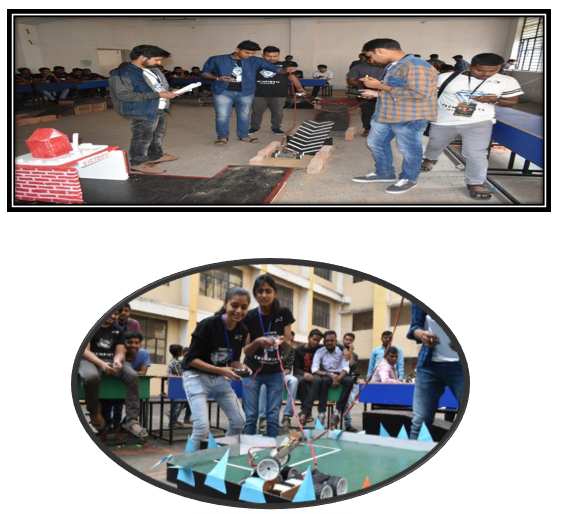NBA Accredited
The term “Electronics and Communication Engineering” denotes a broad engineering field that covers sub fields such as analog electronics, digital electronics, consumer electronics, embedded systems, communication systems, electromagnetic field theory, antenna design, microwave communication, power electronics, solid state devices, control systems, signal processing, VLSI design and many others. Electronics engineering deals with implementation of applications, principles and algorithms developed within many related fields. The beauty of electronics is it is used everywhere. From electronic goods manufacturer to hospitals, it is implemented in many devices. So, the future for this stream is highly positive. Its implementation is wide spread, and it is almost found in all streams. The microprocessors, mother boards, picture tubes, LED, LCD, mobile handset, camera and TV etc. are various electronic items, and you know about the impact they have created on billions of people and world’s economy. You can be a part of this huge world by getting into ECE at the engineering level. Apart from the electronics, you also have communications in this engineering. It is important in industries like telecommunications, posts & telegraph, defence, etc. The communications department is very crucial for important aspects, like country protection, etc.
.jpg)
1. TEQIP sponsored well equipped laboratories and smart class rooms.
2. Smart class teaching: Providing for better understanding of various concepts.
3. IIT/IIM/NIT trained faculty members. Most of the faculties are having PhD from premium institutes.
4. Swayam Prava Classroom: For online NPTEL Lectures
5. Selected video lectures: Encouraged to bring clear ideas about another resource.
6. Digital Library Facilities – Students can access E-Books and IEEE Journals.
7. Digital online teaching platform like Google Classrooms/Google meet/ZOOM for different courses.
8. Special lecture: Providing special tutorial class for weak students.
9. Mentored by BVB, Hubli ( Presently KLETech University).
10. Project based learning: Encouraged to take up many real time projects.
11. Practical Electronics based model development by the students of ECE from first year onwards.
12. The students are trained to be user friendly with different software related to ECE (Such as IE3D, HFSS, Circuit Maker, PCB express, Matlab etc.).
13. Industrial visit followed by industrial training.
14. Free GATE and Employability coaching classes from external professionals.
15. 100% placement assistance.
16. Excellent academic performance in University examinations.
Photo Gallery
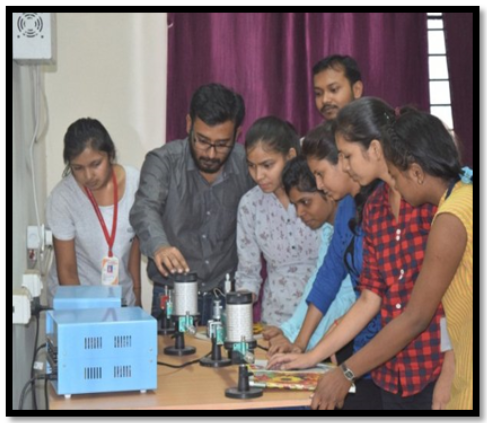
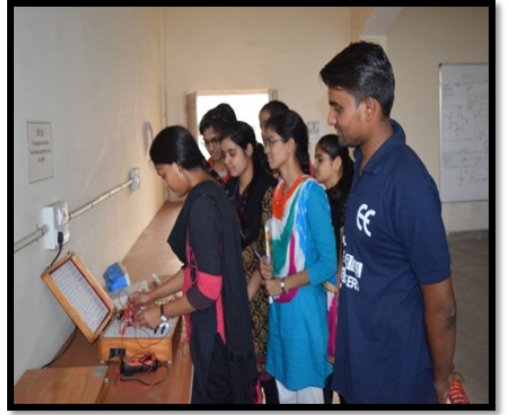
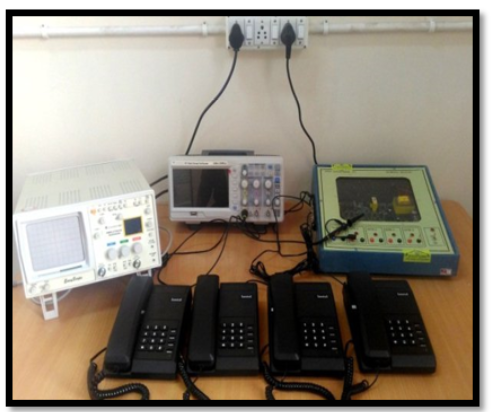
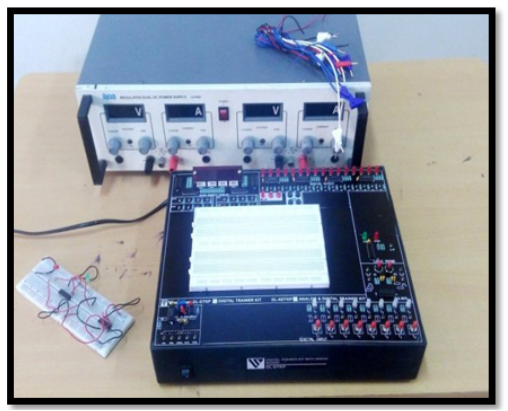
.png)
Electronics & Communication Engineering is of the largest and fastest growing industries. It covers a wide range of applications we use daily and which make our life easier and enjoyable such as Television, Radio, Computers, and Telecommunications etc. Telecommunication electronics comprises of audio – video system, microwave system, satellite system, mobile radio system, radar system, fiber optics system, computer networking and digital and multimedia telecommunication systems. Electronics communication engineering involves work with fiber optics and telecommunications, television, radio, antenna for modern wireless communication etc. The uses are endless.
The departmental focus is to develop high quality, competitive and confident professionals in the field of electronics and communication engineering to meet the socio-economic needs.
M1. To provide effective, qualitative and contemporary education in the areas of electronics and communication engineering through compelling learning environment that creates problem solving skills and team work.
M2. To achieve excellence in practical and theoretical knowledge for better understanding the electronics field.
M3. To inculcate leadership qualities for serving the society.
Program Educational Objectives
PEO1: To impart students the engineering fundamentals required to analyse and design the complex engineering problems with the help of modern tool usage.
PEO2: Apply the knowledge of Electronics Engineering to solve the problems of social and environmental relevance to pursue the higher education .
PEO3: To provide theoretical knowledge and practical experiences of electronics with professional ethics to make the students competent for working as team or leader in multidisciplinary projects with effective communication skills.
PSO1: Apply the basic knowledge of Electronics& Communication System with the application of suitable techniques to provide specific needs of our society.
PSO2: Prepare them to utilize ethical knowledge & management skill to develop quality and leading capability for a successful career.
|
PEO |
M1 |
M2 |
M3 |
JUSTIFICATION |
|
1 |
3 |
2 |
- |
Academic Performance Faculty members are effective, caring and actively engaged in the desire teaching and learning. Inspire students through active learning teaching methodology. Providing lab facilities, infrastructure, teaching and learning process, Wi-Fi, Tutorial Class, Group Discussions, Assignments & Seminars to prepare students to face any challenges in their life. |
|
2 |
- |
3 |
1 |
Higher Education Inspiring students by giving them full exposure to do new thinks by using modern tools, conducting workshops, mini projects and Industrial Training. |
|
3 |
- |
1 |
3 |
Effective Communication Skill Group Discussions, Seminars and Problem-solving skills of the students by creating actual paths, ethics and accountability. Invite guest lecture from other Institute & amp; student visits industry for vocational training. Provide effective interface, nurture the spirit of entrepreneurial skills among students. |
1. Slight (Low) 2. Moderate (Medium) 3. Substantial (High)
The department has excellent teaching-learning environment with qualified and dedicated faculty members and well equipped laboratories with Experimental kit conforming to modern configuration. In order to establish as a centre of excellence in the field of Electronics & Communication Engineering the department shall strive to get the skill of the students developed in latest project and good knowledge about communication. The department shall especially focus on the academic programs with practical knowledge and co-curricular activities so as to promote the intellectual growth of the students. We have 11 well equipped laboratories.
.png)
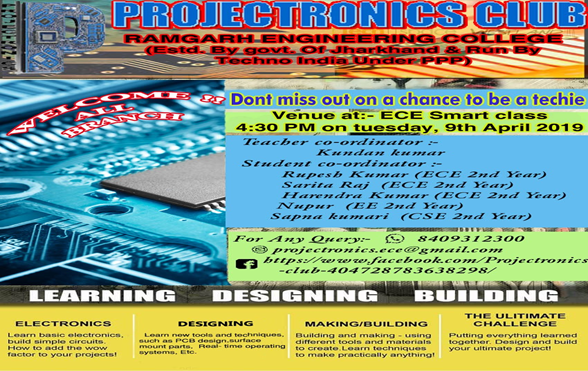
.png)
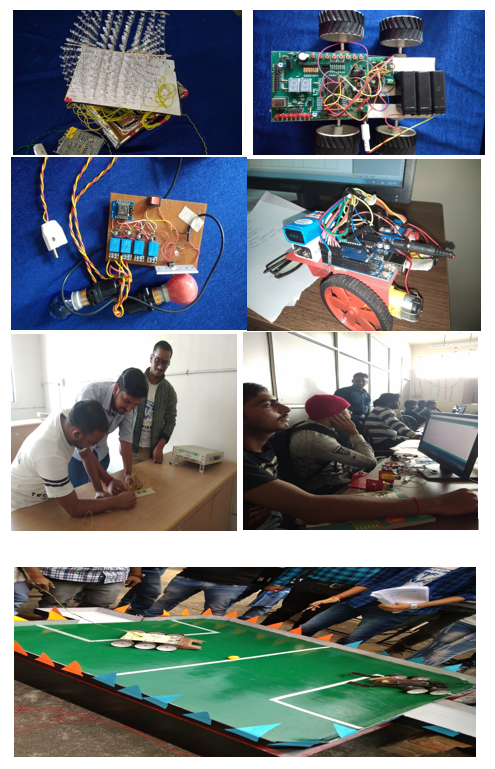
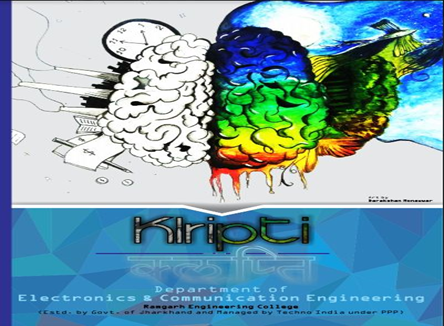
DEPARTMENTAL ENTREPRENEURSHIP CELL
ramgarhengg.edu.in/uploads/entrepreneuship-cell_poster.jpg
